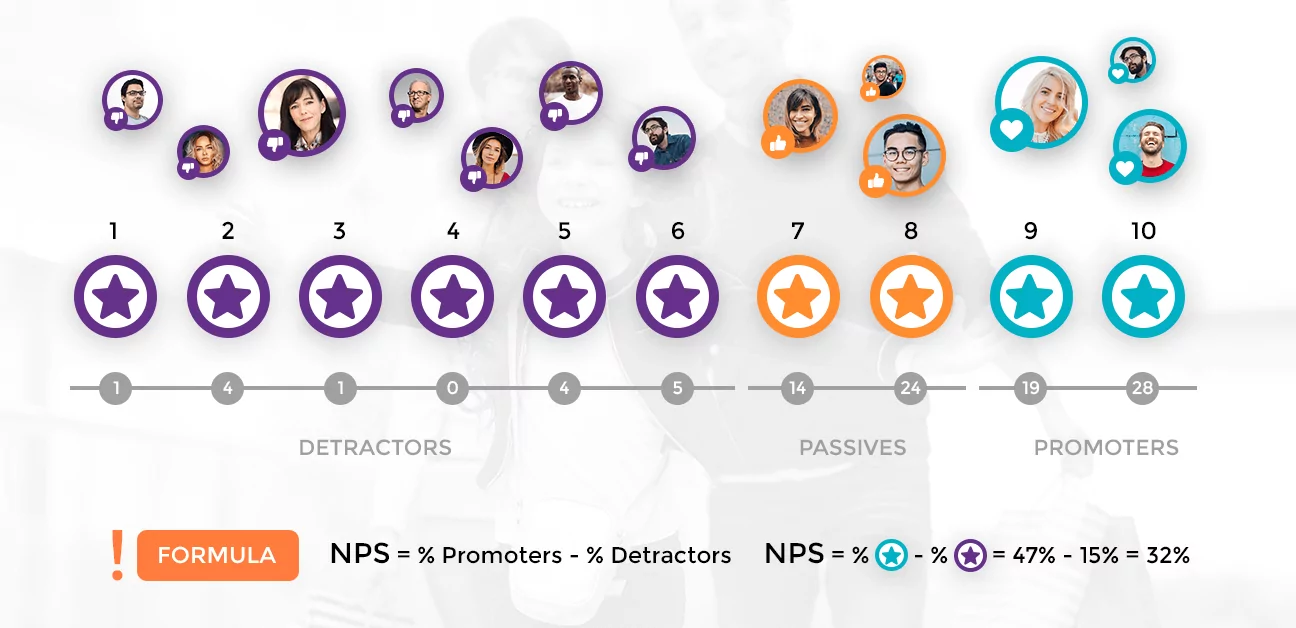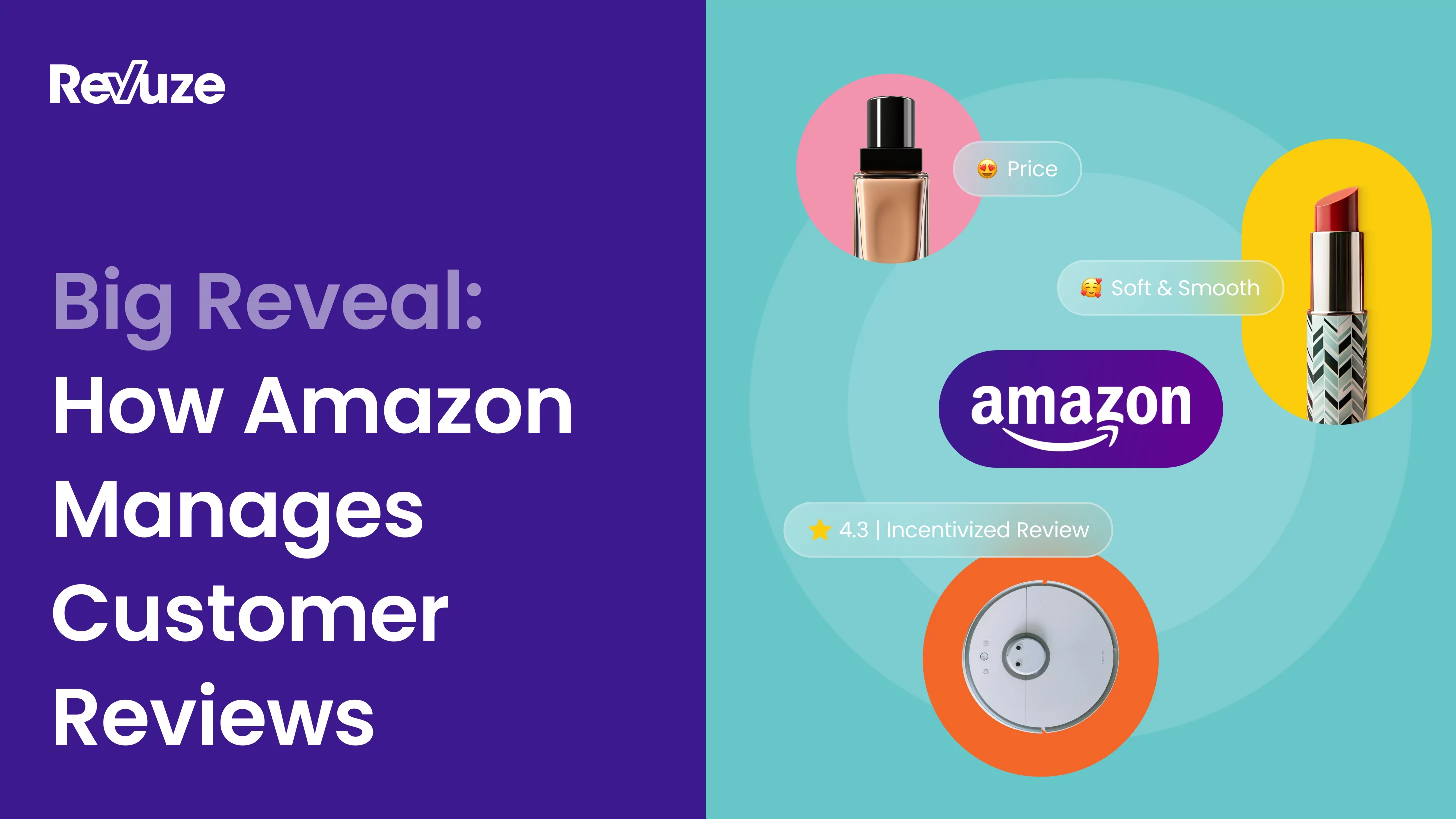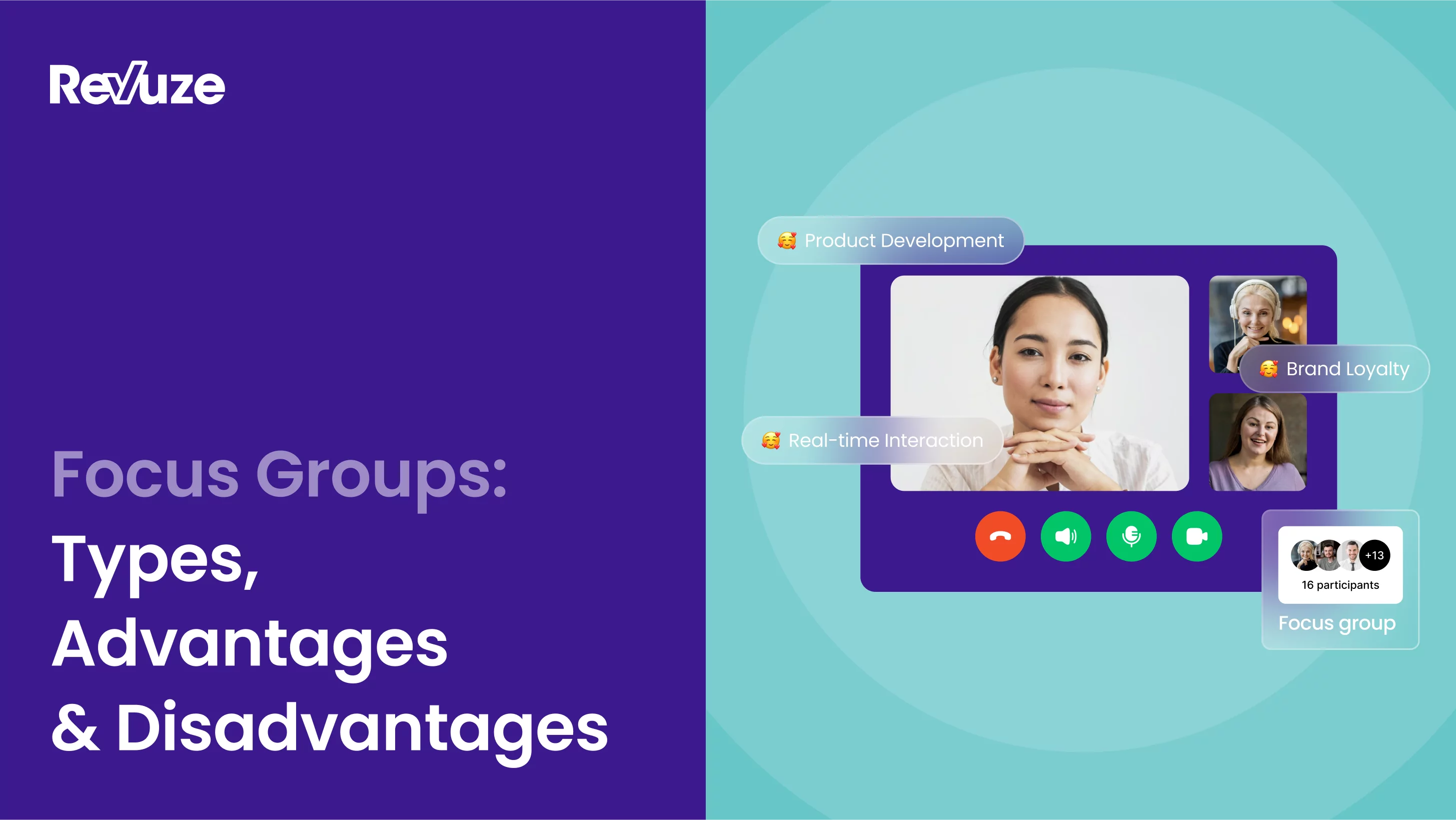
Customer recommendations are powerful. No doubt about it. Consumers’ word-of-mouth can make or break a brand, attracting potentially loyal customers or making then run for the hills.
So, wouldn’t you like to know if your customers will recommend your product or service? Knowing and understanding what your consumers’ think is essential to ensuring your brand’s future. This is where the Net Promoter Score (NPS) survey comes in.
This blog post is your definitive guide for NPS surveys. If you want to learn how to measure your net promoter score with online reviews click here.
We will explain what Net Promoter Score surveys are, their importance, how you can use them in your favor, and what impact the spread of COVID-19 has had on how we use and conduct NPS surveys.
What is an NPS survey?
Developed in 2003 by Fred Reichheld, The Net Promoter Score (NPS) is an index ranging from -100 to 100, measuring the willingness of customers to recommend a company’s product or service to others.
Customers are asked a single question, for example — “On a scale of 0 to 10, how likely are you to recommend this product or service to a friend or colleague?”. The answers are collected and analysed, measuring customer experience and assessing business growth potential.
Based on their rating, customers are classified into three categories:
- ‘Detractors’ gave a score between 0 and 6. They do not particularly like the product or service, and probably won’t purchase again from the company. Also, they might spread negative word-of-mouth and deter potential clientele.
- ‘Passives’ gave a score of 7 or 8. They are satisfied with the product or service but would easily abandon the brand. These customers wouldn’t spread any negative reviews, but won’t actually promote the business.
- ‘Promoters’ gave a score of 9 or 10. They are very enthusiastic about the products and services. They will have a higher repeat rate and recommend the business to others.
The Net Promoter Score (NPS) is determined by subtracting the percentage of customers who are detractors from the percentage who are promoters. What is generated is a score between -100 and 100.
NPS Survey Questions
An NPS survey can help you collect quantitative and qualitative feedback – depending on the type of questions you use.
Quantitative consumer feedback is the most common outcome of an NPS survey. The numeral score is generated from calculating consumers’ response to the 0-10 rating question we mentioned above.
In case you are interested in collecting qualitative consumer feedback, then you might want to have some follow-up questions. Presented after the traditional rating question, these open-ended questions allow a deeper dive into the “why” behind a customer’s rating. This is also where you can ask about customers’ experience, the features they use the most, or what improvements they would like to see.
Here are some examples of these open-ended NPS survey questions:
- Why did you give that score?
- How can we improve your experience?
- Which features do you like and use the most?
- What was missing or disappointing in your experience with us?
- What can we do to improve the product/service?
NPS Survey Best Practices
After understanding the basics of NPS surveys, let’s talk about the best practices that will help you conduct an efficient NPS survey and get the most accurate score.
1. Timing
Timing is everything, even with NPS surveys. When determining the best timing and frequency for performing an NPS survey, you should consider the following 3 points –
- Don’t conduct a survey too early – It is vital to conduct the survey at the right point of the customer journey. People need to experience a product or brand before forming an opinion. For example, try conducting the survey when the client approves their first order.
- Measure NPS regularly – surveys shouldnt be held just once. Opinions, experiences, and even the products change and evolve. You need to stay updated and keep up with your customers’ experiences, so you can make the needed changes and improvements.
2. Location
The two most popular methods for running NPS surveys online are in-app and email.
In-product surveys often get higher response rates and more immediate feedback. Reaching consumers in context means they are still engaged and invested in their experience.
Email surveys might get a lower response rate, but are often perceived as less intrusive. They are less interruptive to people’s useflow, and allow you to reach more customers, even the less active ones.
3. Customize
True, it is impossible to get a 100% response rate. But you should do your best to make the survey as attractive as possible.
The answer in customization.
Make the survey look and feel cohesive with your product or brand. Choose colors, fonts and text sizes to make it appear like a part of the brand. Additionally, it is vital to pay attention to the survey content itself. Make sure that the NPS survey matches your target audience, making it approachable and appealing.
NPS for Call Centers
Call centers are one the major customer-business interaction points. These centers are often at the front line of customer service, so it is vital to make sure they are at the top of their game. Dealing with an overwhelming amount of customer feedback, many contact centers use NPS to efficiently measure and analyze customer satisfaction.
How to improve your NPS for a call center
A call center NPS score is a representation of the quality of service customers are receiving. So, here are some ways for you to improve customer experience and raise your call center NPS score –
- Listen to calls – The best way to improve NPS is to listen to the calls. Sample calls from each score, listen carefully, and take a deep dive to find the Voice of Customer – Try to truly understand what the customer meant, and use the information for employee feedback and implementing improvements.
- Follow Up – Efficiently and effectively “closing the loop” and following up with your customers can exponentially improve your NPS score. It not only shows your commitment to your customers, but it can provide you with some valuable insight into their experience and pain points – information you can leverage to optimize your service or product.
- Protect your ‘Promoters’ – Identify and cultivate your precious ‘promoters’. After you identify those ride-or-die customers, you need to keep them safe. Make sure to address any issues they might have – actively ask them what their pain points are and how you can solve them. These loyal customers are extremely valuable and will help push your brand forward, so don’t forget about them.
- Don’t forget about the Detractors and Passives either – Detractors will drag your score down, and will be happy to tell you about it. Finding out exactly why they are unlikely to recommend or promote your brand or service is priceless. Implementing changes and improvements can help you turn some customers and boost your score. Also, don’t ignore your passives. Sure, they are often harmless, but understanding why they chose your brand can be a game changer.
NPS in time of crisis (COVID-19)
As the novel coronavirus (COVID-19) spreads across the world, both consumers and businesses are forced to dramatically rethink their commercial behaviors. People are afraid and worried not only for their health, but for their jobs and saving. These financial concerns have resulted in major emotional and economical shifts and changes.
So, instead of conducting surveys as usual, businesses need to show a level of sympathy and empathy to the unprecedented situation their customers face.
This means that businesses should be aware of the possible impact these tumultuous times have on people’s opinions and experiences, and take that into consideration when collecting and analyzing consumer feedback, including NPS surveys.
Scores might change sharply, but it doesn’t mean they are invalid. It just means you need additional customer experience information and analysis in order to better understand your customers.
The constantly changing global reality calls for flexibility and open mindedness – so try asking more open-ended questions or combining CSAT surveys with Social listening. Broaden your customer feedback net so you won’t lose valuable consumer insights.
Conclusion
NPS surveys are one of the most popular and efficient methods for measuring customer satisfaction and loyalty. It allows businesses to collect both quantitative and qualitative customer feedback, so they can better understand their consumer audience.
However, the ongoing spread of COVID-19 has brought on fundamental shifts in the way businesses and consumers think and behave. These widespread emotional and economical changes force brands to rethink the ways they collect and analyze consumer feedback – The single-question survey is not enough.
In order to better understand customer experience during the coronavirus crisis, businesses should aim for a wider, multi-source, approach. Collecting and analyzing data from a variety of sources, like online reviews, social media, surveys, and more, will provide brands with a much deeper, insightful, and granular customer feedback.
 All
Articles
All
Articles Email
Analytics
Email
Analytics








 Agencies
Insights
Agencies
Insights